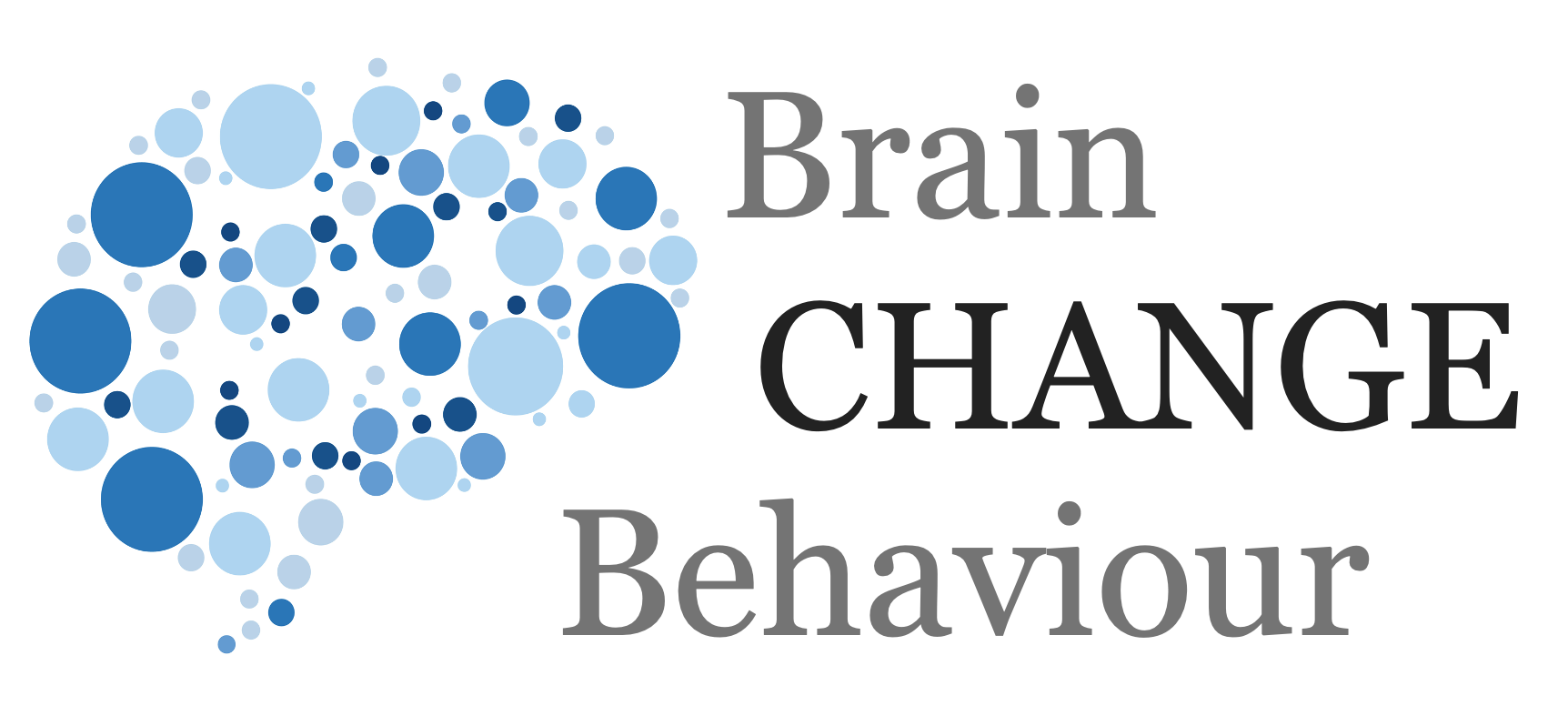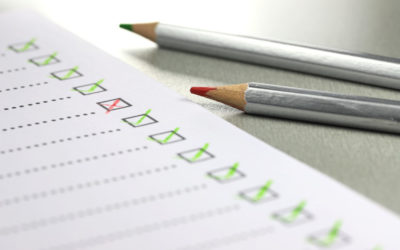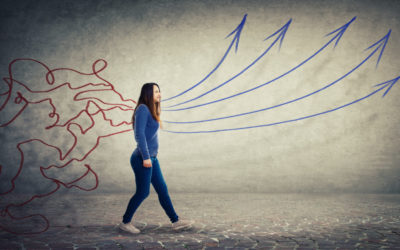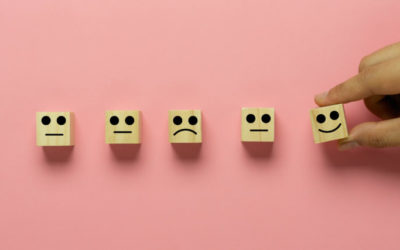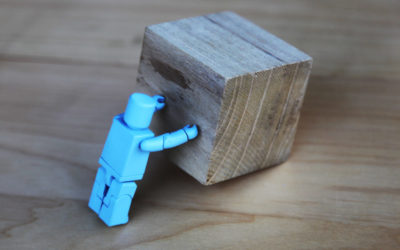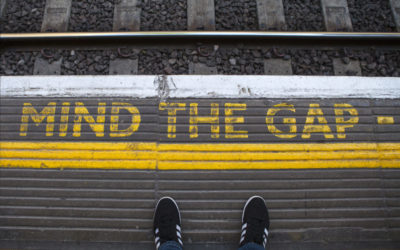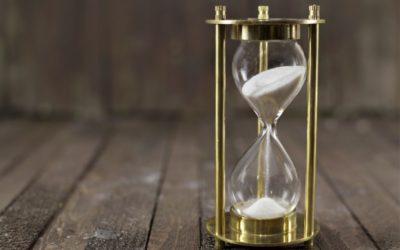Article
SCOAP Framework
See also: SCOAP Introduction SCOAP Needs SCOAP Motivation SCOAP Behaviour SCOAP Change
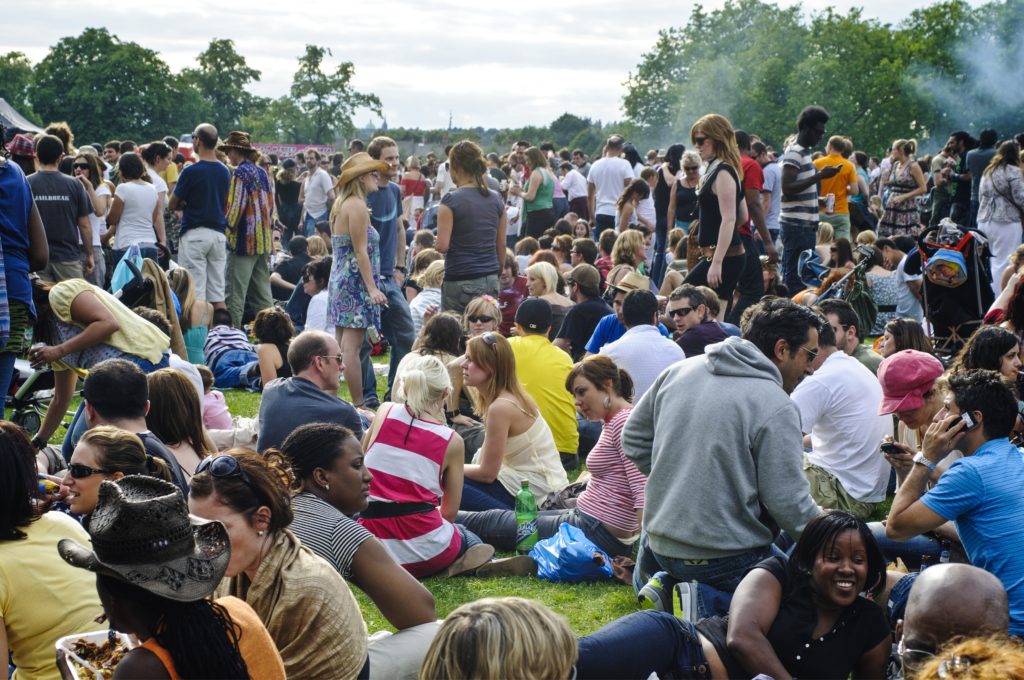
B ehaviour is about doing things, actions. That is obvious, but there are many grey zones to behaviour. For example do we class breathing as behaviour, or heartbeat, or sweating? Do strong emotional intentions count as behaviour? There are some interesting discussions to be had about the above but at this stage let’s simply focus on doing (and saying) things. However, those other biological responses will likely guide future behaviour so are not to be ignored.
But if we say behaviour is about doing things we can see that we are constantly doing things. When we talk about behaviour change we, and the research, often looks to changing (bad) habits or health related behaviour. Obviously behaviour is much more than this. The SCOAP model clarifies this so that we can think through behaviour in different ways and this also means we can and must approach behaviour change in different ways.

Simplified SCOAP model of behaviour
In the model above we can see that we have the SCOAP needs that arouse the system and create goals that are either achievement goals or protection goals. This then triggers a behaviour – this behaviour will depend on the experience and repertoire of behaviour of that particular individual. The behaviour may also need more planning and consideration or, alternatively, be more responsive or reflexive.
The behaviour will then create an outcome of some sort. This will then feed back into the system and the brain and person can and will update their operating model of the world or decide to adjust their behaviour or build on their behavioural repertoire. However this ability to change will depend on numerous other factors one of which will be the scale, or emotionality, of the outcome. The majority of our daily behaviours have mild emotional outcomes or blend into the background of daily activity.
In writing this I have just made myself a cup of tea. Triggered by a desire for pleasure, based on my world view and experience as tea being just the thing for an afternoon of writing. This was an achievement goal to which I, without much thinking, walked to the kitchen, knowing where the kitchen is and the various utensils are. I made myself a cup of tea, successfully, strolled back to my desk and continued writing this with cup of tea at my side: positive outcome. Achievement goal successful. On the big scale of things not much of an achievement goal. But outcome successful: therefore keep doing when there is desire for tea.
Examples:
This is a very simple model of behaviour. But we may like to refine this more. You may have thought well some of this is driven by instincts, or more primitive desires, such as thirst or hunger, or some may be more planned and complex, like trying to build business plans. You may also have thought: but, the repertoire of human behaviour is almost endless! Indeed, but the behaviours can be grouped and there are large groups of behaviours that are very similar between human beings.
For this we need to think in a bit more refinement of SCOAP goals and the behaviours that these trigger.
One simple and famous model of the brain (proposed by Maclean in 1990) breaks down behaviours into so-called:
- Reptilian brain, primitive behaviours
- Mammalian brain, emotional behaviours
- Neo-mammalian brain, cognitive behaviours.
This is a simplified model but there is a lot of truth to this. When we developed the full SCOAP model we also matched behaviours to these evolutionary levels but gave them more accurate descriptions:
Reflexes and Instincts
Reflexes and instincts are those that happen reflexively and instinctively and are therefore a part of human nature. Think of things like blinking, shock reactions, looking at loud noises. Reflexes happen in very short time frames – they are immediate instinctive responses to the world to enable survival. These might combine to produce more complex behaviours.
Motivated / Emotional
Motivated behaviours are those that are initiated with an emotional impulse and tend to follow the achievement or protection pattern. This can include defensive behaviours, searching for food and drink, social attraction, desire to know things, etc. Many of these can also be considered instinctive because they follow human natural desires. Consider human sociality, human beings are a social species and so we are attracted to other people and do things together in groups. We are attracted to this, on average, and enjoy doing this.
Higher
Higher behaviours are those that require more cognitive control – this includes analysis and planning. This is higher because this is controlled by parts of the brain that are considered more recent and also specifically human such as a region called the prefrontal cortex (the area on your forehead) which is much larger in human beings than in any other species.
The more abstract an action is, or less related to direct impact in the real world, in real time, the “higher” this can be considered. So anything that happens in the future, over longer time frames, or with more complexity, will be a higher function.
Indeed this material, and you reading and engaging with it, will require higher functions: engaging with content, to deliver future uncertain goals, around behavioural change, that will require analysis, thought, and initiating various initiatives to go with it.
Personality
Personality is rarely included in behavioural change models but it helps to explain individual behaviours in contrast to large scale behaviours. All aspects of human nature have some natural variation and this natural variation is expressed as personality. An obvious one is that of sociality. Human beings are obviously very social but we also know that there is individual variation in this: some people are very social, attracted to other people and constantly searching for human contact, often called extraverts. Whereas other people may be shy, receding, and not enjoy social contact as much or even avoid it, often called introverts.
We can see patterns across large population groups to give the generalised statement:”human beings are a social species”, but we can see individual variation. This is the same with all human needs.
Learnt reflexes
We have used this name to refer to all human behaviours that are learnt and that become automated. In fact this is probably our largest group of behaviour – this is because all behaviour is modified by our learnings and experiences. This includes, but is not limited to, our habits.
Consider my simple example of making a cup of tea above. This behaviour is also built on many learnt responses. Firstly having the experience of tea – and as an Englishman being weaned on black tea with milk. This builds an association and response to tea. Similarly, while working in the home office I know where the kitchen is, how to get there and how to make the tea. None of this requires much cognitive control. In fact, I may need more cognitive control to not make a cup of tea.
This is but a simple example: it is a behaviour that is based on multiple experiences and learning. It then becomes an automated behaviour and a reflex.
Another obvious place that this happens is in sport whereby the training is explicitly designed to create better or more effective automated responses. A tennis player hitting the ball has trained intensively to be able to reflexively hit the ball in the best way possible.
In business we also underestimate many of these learnt reflexes. We may consider our jobs as cognitive – jobs that require thinking and intelligence, but the brain automates as many processes as possible. So, for example, when a CFO, or finance professional, looks at a balance sheet and immediately responds to some of the figures, this is an automated response, a learnt reflex. How do we know? Because if it happens immediately or almost immediately it is automated, therefore a reflex.
Most of the things we do daily in business are learnt reflexes, often very refined or specific learnt reflexes, but reflexes nonetheless. And hopefully these are updated over time to become better reflexes – that is why experience is so good. We have, in theory a wide range of refined learnt reflexes.
Summary
This now gives us a more refined view of behaviour or what triggers behaviour and can be considered the (personal) antecedent.
Behaviours can be classed as
1.1 Reflexive and instinctive
1.2 Learnt reflexes
2. Motivational / emotional
3. Higher cognitive
Many behaviours are complex behaviours which include various aspects of the above.
See also: SCOAP Introduction SCOAP Needs SCOAP Motivation SCOAP Behaviour SCOAP Change
Simple Takeaways
- Define behaviours by type (reflexive, habit, refined habit, emotional, higher)
- Define behaviours by need (SCOAP + achieve vs. protect)
- Define behaviours by complexity
© leading brains 2022
References
Aunger, R., and Curtis, V. (2015). Gaining Control: How Human Behavior Evolved. Oxford: Oxford University Press.
Habermacher, A., Ghadiri, A., and Peters, T. (2020). Describing the elephant: a foundational model of human needs, motivation, behaviour, and wellbeing. doi:10.31234/osf.io/dkbqa.
Elliot, A. J., and Covington, M. V. (2001). Approach and Avoidance Motivation. Educ. Psychol. Rev. 13, 73–92.
Cosmides, L., and Tooby, J. (2000). Evolutionary Psychology and the Emotions. Handb. Emot. 2, 91–115.
Crivelli, D., and Balconi, M. (2009). Trends in social neuroscience: from biological motion to joint actions. Neuropsychol. Trends 6, 71–93.
More Articles
The Nine Interventions
There have been multiple models of behaviour and behavioural change proposed over the years. These have taken different viewpoints of behaviour.
Don’t Try to Change Minds – Change Behaviour
Don’t try to change minds but simply change behaviour is the result a group of researchers have come to with regard to vaccinations.
Introduction to SCOAP
SCOAP is a complete model of human motivation, behaviour, and wellbeing, summarising over a century of research into the human brain, human psychology, and human behaviour in all contexts.
SCOAP Needs
These are basic human needs which means fulfilling them is essential for human wellbeing and therefore also that having them unfulfilled or violated lowers human wellbeing. These also direct human motivation and subsequently human behaviours.
SCOAP Motivation
Much has been written about motivation and there are many (false) assumptions to motivation also. So let’s start with a simple definition of motivation.
SCOAP Change
As you will have seen with SCOAP, this gives a comprehensive model of human needs, motivation, and behaviour. We can therefore use this to guide behavioural change interventions.
The Undermining Effect
Rewards sound like a good way to instigate behaviour you want. In our world we often think of financial rewards. Good idea, right?
Well, no, rewards can actually lower motivation.
The Value-Action Gap
The value-action gap has multiple other names: attitude-behavior gap, intention-behavior gap, KAP-gap (knowledge-attitudes-practice gap) or belief-behavior gap.
It refers to the gap between what people often say they value and their subsequent actions or willingness to meaningfully contribute to this value.
Limits to Scalability – Voltage Drops
Voltage Drop is a useful term and analogy to the problems of scaling ideas or change in any environment. Voltage drop refers to how electrical current can decrease across distance it travels.
The Equilibrium Effect
Things in life tend towards certain balances. This is particularly true in large systems and this is why change can happen in small contexts and be very effective or successful but in large systems different rules apply.
